David Bellis’ fond passion of the colonial history of Hong Kong has grown into something far more than just a hobby. In 2009, after resigning from his sales management job, the Englishman launched Gwulo.com to share his enthusiasm and offer net users worldwide an open-access platform to learn about the city’s past.
“Gwulo: Old Hong Kong” has over 34,000 articles and 20,000 historic photos, spanning from the British annexation of Hong Kong in 1842 until the handover to China in 1997. The site covers the Japanese occupation during the Second World War, the history of local districts and even the evolution of streetlight. It has attracted a massive following of history fans from across the globe.
Bellis had lived in Hong Kong for eight months during his working holiday in Australia in 1988. “While I was in Australia, I really missed Hong Kong. So I signed up with my first Cantonese class in Sydney,” he recalls. “I had to go back to the U.K. for [being a] best man for some friends. I got a job and saved up some money, then I came back to Hong Kong.” He eventually moved to the then British colony in 1992.
The name “Gwulo”, the Cantonese pronunciation of “ancient” which bears semblance to “Gweilo”, a common Hong Kong slang for Westerners, is often joked or mistaken by many. The site features his years of research on old Hong Kong, exhibiting photos collected from site visits and government archives, as well as information shared by netizens. As a non-Cantonese speaker, he finds himself lucky that the documents in English have saved him the work of translation. “During the colonial times, at least up until 1997 from the 1840s right through, the history was all recorded in English, so it’s very easy for me to search it,” he notes. “If I am living in Tokyo, for example, I imagine it will be quite difficult to find the materials.”
Bellis did not start out as a history buff, but his interest in history has grown over time, thanks to the people he got in touch with through his site. He considers his readers his teammates. “My role is to offer an empty building. My readers take charge of the decorations by putting the books (information) on the bookshelves (the website).”
His favorite from the wealth of collection is the “Wartime Diary” project, which documents stories of Hong Kong during the Second World War. In 2011, he received one of the first diaries from Barbara Anslow. The British lady kept a thorough record of her experiences during the war and her time living in a makeshift concentration camp at Stanley prison. “She so generously shared her diary from those years with us. And then I was able to go and meet her, and it became an annual visit.” They met up once or twice a year until she passed away at the age of 100 in 2019. “She was a very lovely and kind person. She had memories of Hong Kong way back to the 1920s. It was brilliant that I was able to talk to her and have these first experiences.”
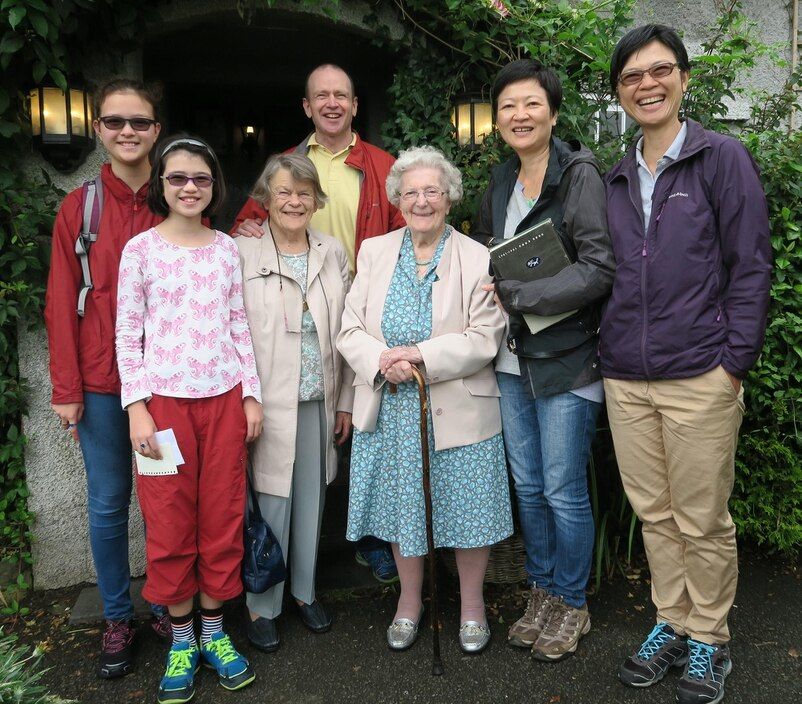 David visited Barbara Anslow (third right) in Britain every year until she passed away in 2019.
David visited Barbara Anslow (third right) in Britain every year until she passed away in 2019.
Bellis also collects old photos of Hong Kong, including one he has just received from New Mexico, United States. “So the photos were obviously taken here and they spread out around the world. Now they are coming back home to Hong Kong.” He explains that many of the photographers were sailors or adventurers, so the photos they took travelled with them around the world, with most of them eventually landing in Britain.
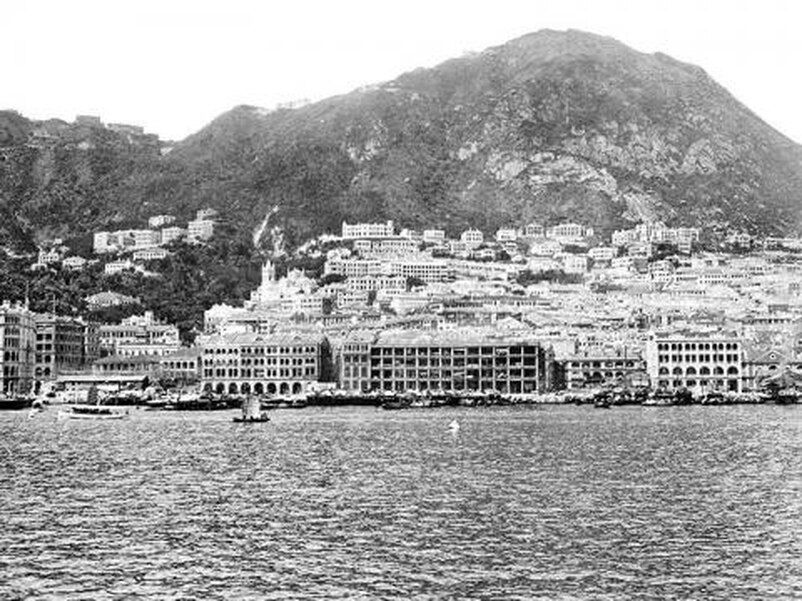 There were no skyscrapers in Central during the mid-1920s.
There were no skyscrapers in Central during the mid-1920s.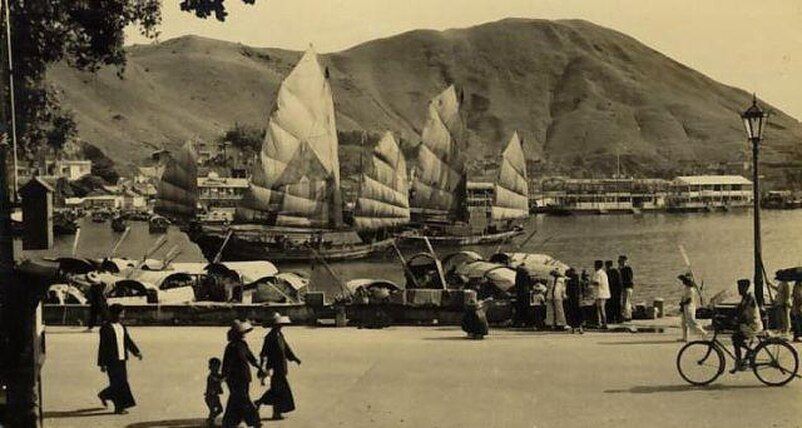 Aberdeen Praya Road in the 1950s.
Aberdeen Praya Road in the 1950s.
“One of the disappointing things about enjoying Hong Kong history is that, of all the photos on eBay, Hong Kong photos are by far the most expensive.” He usually buys the less expensive ones, usually at the cost of HK$$110 to HK$120 (US$14.16 to US$15.45) each. Though having bought at least 1,500 photos, he has not kept track of how much he had spent on them. Luckily, he also receives some donations.
Storing photos in a highly humid city like Hong Kong can be tricky, he says. “So the big problem in Hong Kong for photos is, first of all, the weather. They got mouldy and damaged. Another problem is insects. The silverfish, the cockroaches … they like eating photos.”
Since 2017, Bellis has been publishing a book on Hong Kong history every year. His latest and fourth publication is titled “Old Hong Kong Photos and the Tales They Tell.” While his dreams are big, neither his books nor his website generates a lot of income. His wife, Grace, has been supporting him financially.
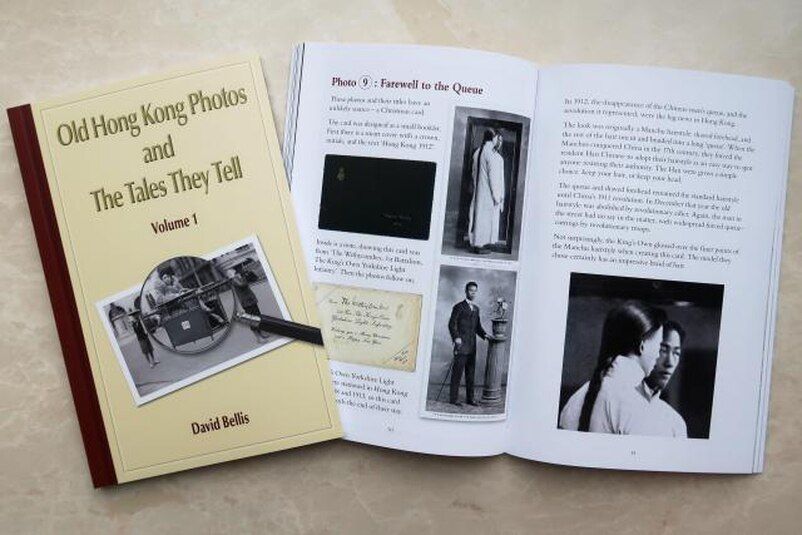 Bellis has published four titles about Hong Kong history since 2017.
Bellis has published four titles about Hong Kong history since 2017.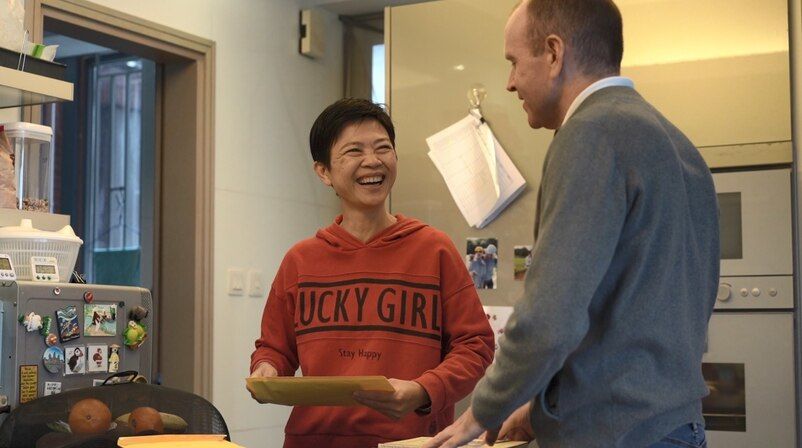 His wife Grace always handles the book delivery.
His wife Grace always handles the book delivery.
“Money is certainly important because you can’t do anything without it. We are still young and if he wants to pursue his interests, I don’t see any problem with that,” she says, adding that they are content with whatever they have as long as their basic needs are met. “More and more people have been appreciating his efforts. That makes me happy.”
“By Hong Kong standard, success is usually making a lot of money. And [my work] is not a success. You won’t make a lot of money from this,” Bellis says. “Let’s say, a 20-something-year-old person comes and sits next to me and says ‘I love history David. Can I make a living from starting my own website Gwulo 2.0 or something similar?’ I would say: ‘Very sorry, no. Go out, get a good job, save your savings. And when you get older, you can get what you love to do.’”
A lot of historical artifacts in Hong Kong, including the royal crests on post boxes, have now been erased by the government, which Bellis finds ridiculous. “The colonial history is what makes Hong Kong different from other places in China. I thought the ‘one country, two systems’ principle could continue but it seems impossible after 2019.”
In view of the latest wave of mass migration from Hong Kong, he confesses it is a tough decision. “Moving to another country is supposed to be a good thing, but it is different when you have to move because of difficult circumstances.” But he vows he will keep pursuing his passion in Hong Kong history and bring with him the three drawers of old photos wherever he goes, if he really has to leave Hong Kong one day.
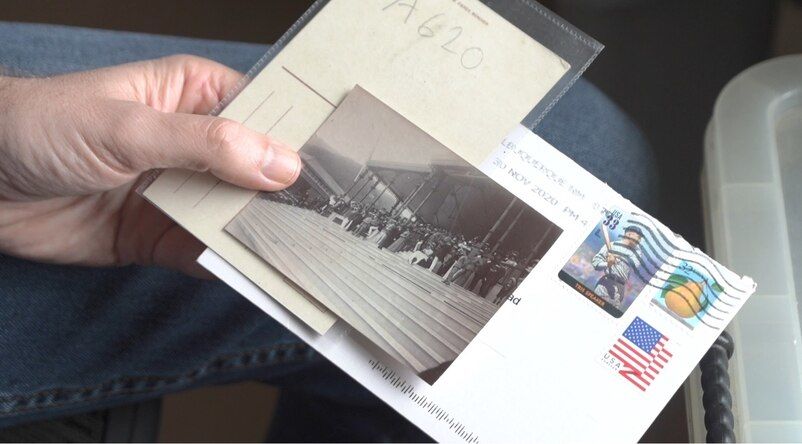 An old Hong Kong photo recently sent from New Mexico, United States.
An old Hong Kong photo recently sent from New Mexico, United States.
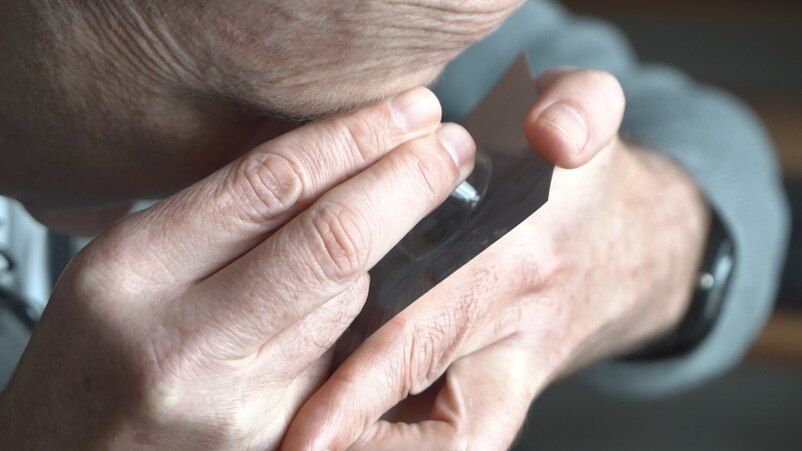 Bellis always carefully inspects every detail on the photo.
Bellis always carefully inspects every detail on the photo.
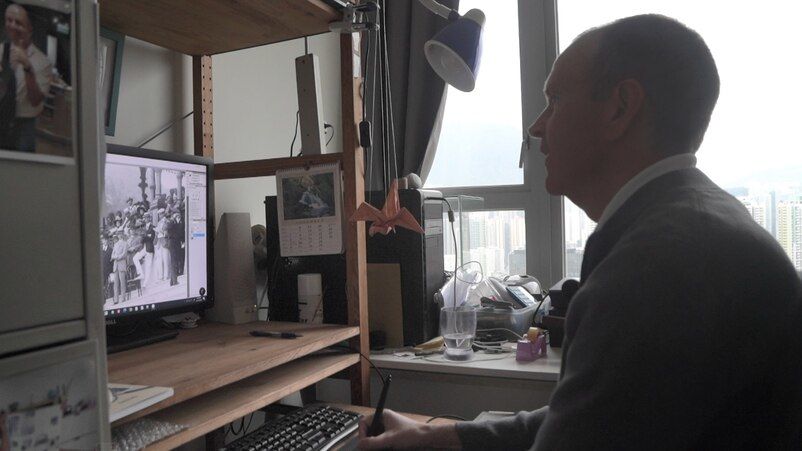 Bellis scans the photos for posting on Gwulo.
Bellis scans the photos for posting on Gwulo.
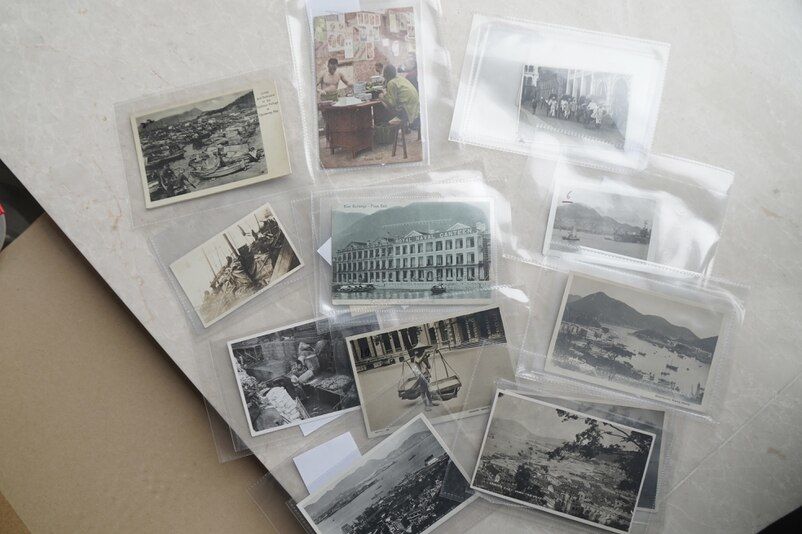 The Englishman treasures every old photo and preserves them as best as he can.
The Englishman treasures every old photo and preserves them as best as he can.















